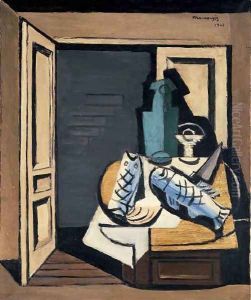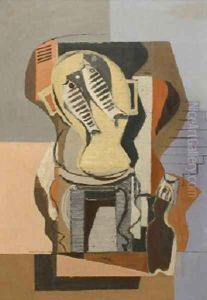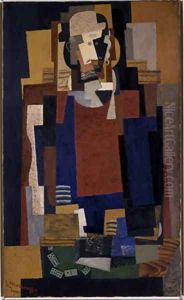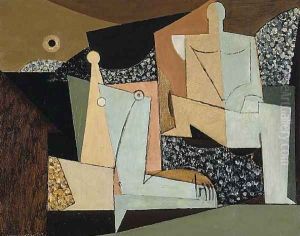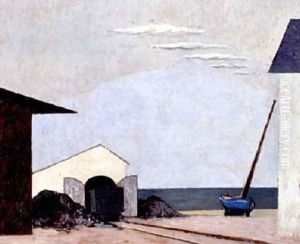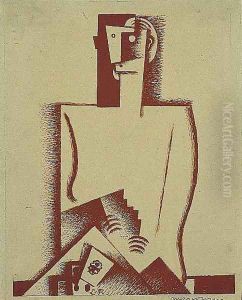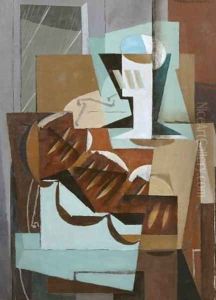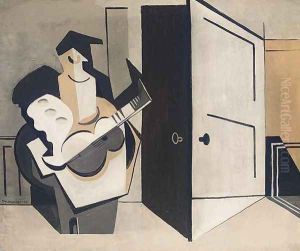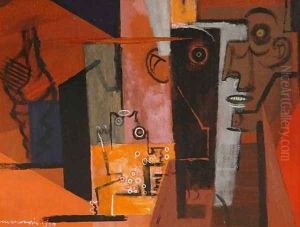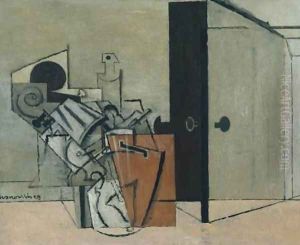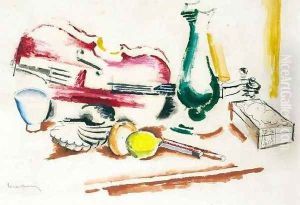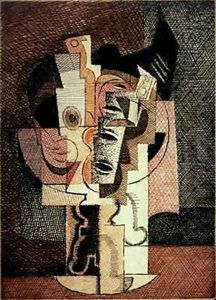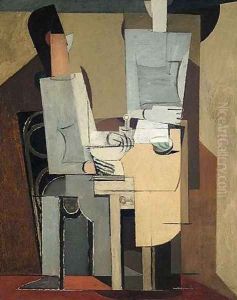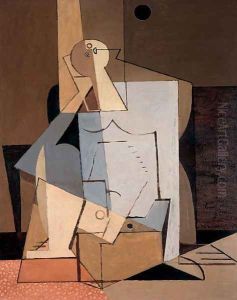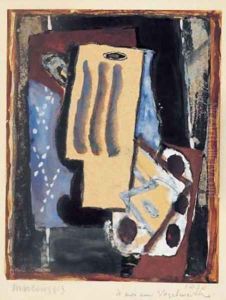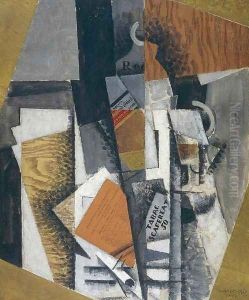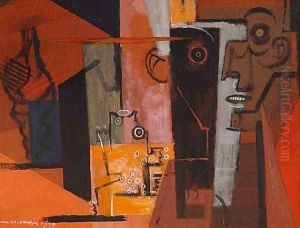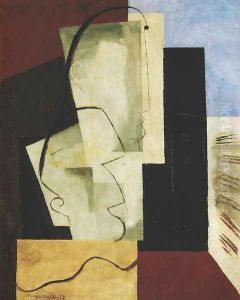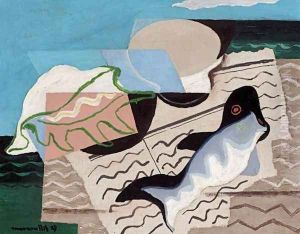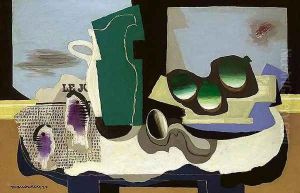Louis Marcoussis (Ludwik Markus) Paintings
Louis Marcoussis, originally born Ludwik Markus in Warsaw, Poland, was a painter and engraver of Polish-Jewish origin who became a significant part of the French avant-garde scene. His initial artistic training was in Kraków, where he studied at the School of Fine Arts, but he moved to Paris in the early 1900s, which was the epicenter of the art world at the time. He initially worked in a fairly realistic style but his work evolved significantly after he became involved with the French avant-garde.
In Paris, Marcoussis frequented artistic circles and was influenced by the works of the Impressionists and Post-Impressionists. It wasn't until his association with the Cubist movement, however, that he truly found his voice as an artist. Under the influence of leading figures like Pablo Picasso and Georges Braque, Marcoussis's work took on the geometric forms and fragmented representation that characterized Cubism. He officially adopted his French pseudonym, Louis Marcoussis, after his hometown of Markusy, around this time.
Marcoussis was known for his complex, analytical approach to Cubism, and he became a respected member within the Cubist group. He expanded his artistic repertoire to include printmaking, and his etchings and book illustrations gained him further acclaim. Throughout his career, Marcoussis exhibited at major venues, such as the Salon des Indépendants and the Salon d'Automne in Paris, solidifying his reputation in the art world.
Apart from his contributions to Cubism, Marcoussis was also involved in the broader context of contemporary art movements. He collaborated with poets and writers, contributing illustrations to literary works, and his social circle included influential cultural figures of the day.
With the onset of World War II, Marcoussis's life and work were profoundly affected. He fled to Cusset, near Vichy, as the Nazi regime's policies towards Jews became increasingly hostile. It was there that Marcoussis's life came to a tragic end in 1941. Despite the challenges he faced during his lifetime, his work remains influential and is included in major collections across the world, attesting to his enduring legacy in the history of modern art.
